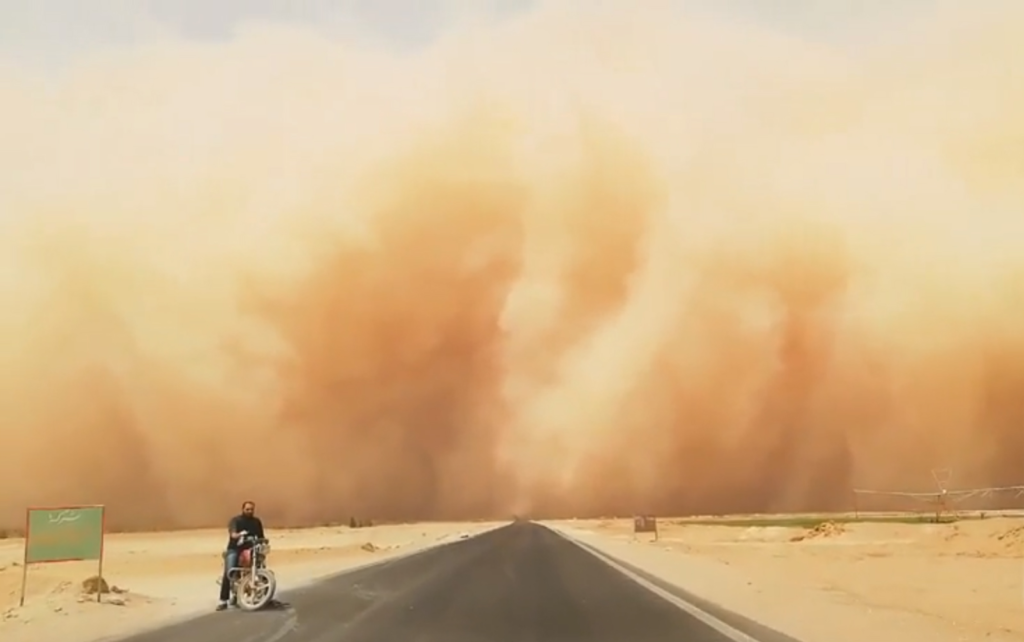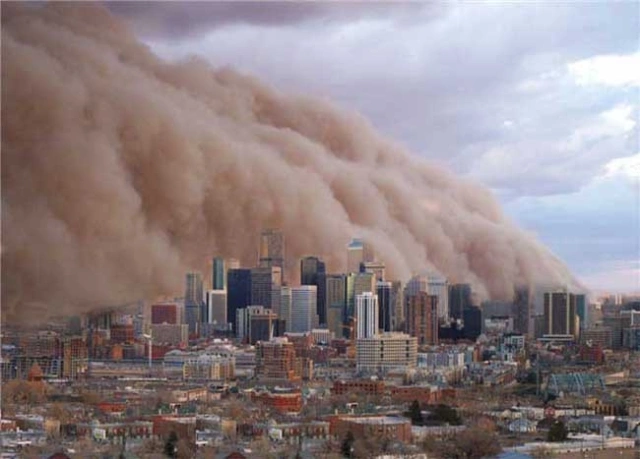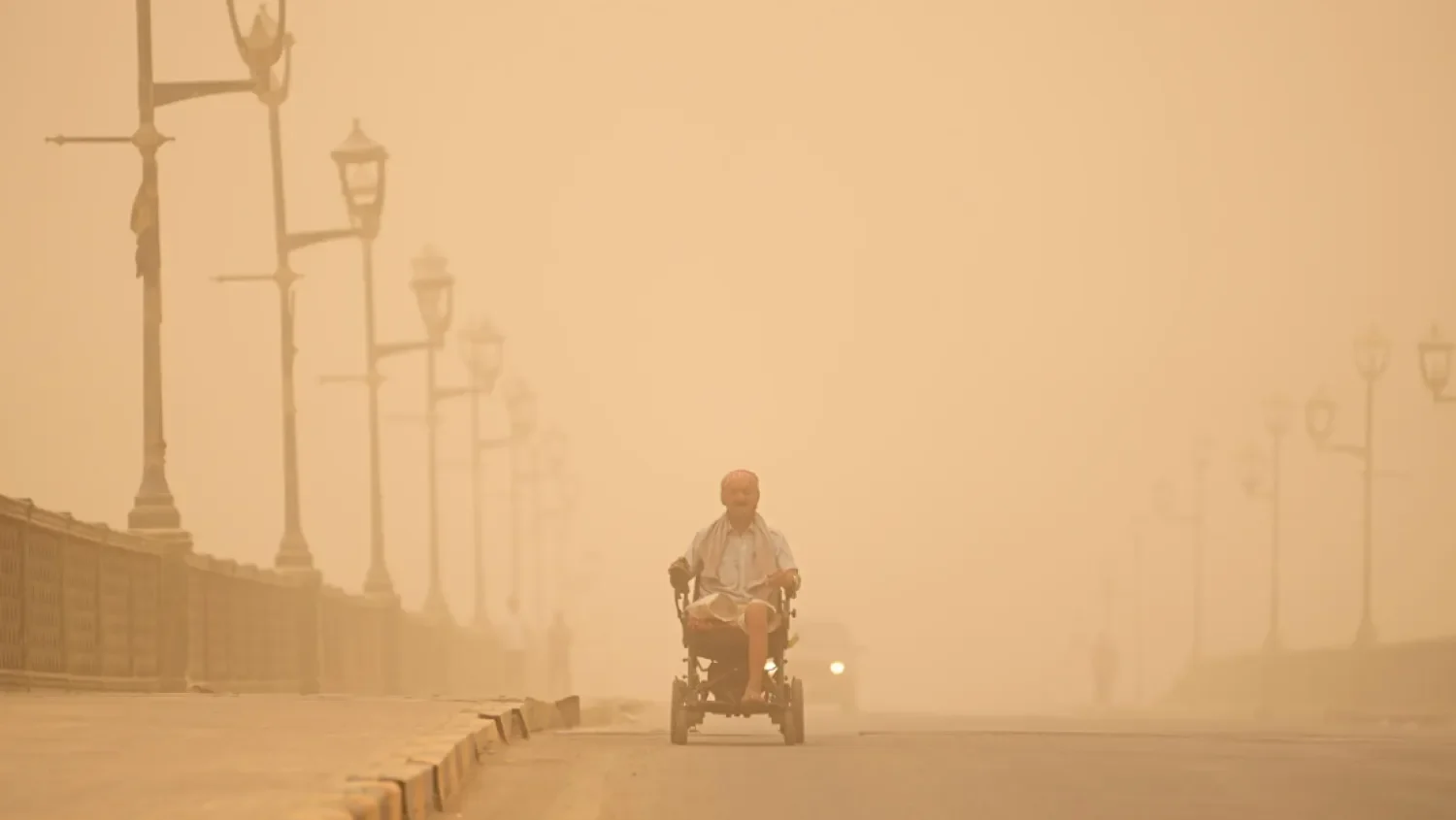Sandstorm threats have driven Saudi Arabia’s initiative to strengthen early warning systems for sand and dust storms a major step toward improving public safety, climate resilience, and environmental protection. In a region often affected by severe weather conditions, this bold effort marks a turning point in how the Kingdom prepares for and manages natural hazards.
This initiative, led by the Saudi National Center for Meteorology (NCM), aligns with the country’s Vision 2030 goals for sustainability, innovation, and public health. With an increasing number of sand and dust storms disrupting daily life, damaging infrastructure, and posing serious health risks, the need for accurate and timely forecasting has never been more critical.
A Growing Threat
Saudi Arabia faces frequent sand and dust storms, especially during the hot summer months. These storms can reduce visibility, disrupt air and road travel, and lead to respiratory and cardiovascular illnesses. In recent years, their frequency and intensity have increased due to climate change, land degradation, and desertification.
According to the NCM, more than 40% of the country experiences at least one major dust storm every year. In 2022 alone, severe sandstorms disrupted flights, forced schools to close, and led to hundreds of hospital visits due to breathing problems. These challenges prompted the government to develop a comprehensive plan to boost early warning systems.

5 Key Steps in the Initiative
Saudi Arabia’s initiative to strengthen early warning systems for sand and dust storms involves five powerful strategies that aim to transform the way the country deals with weather threats:
1. Upgrading Forecasting Technology
The government is investing in state-of-the-art meteorological tools and models. Advanced radar systems, satellite data, and AI-powered simulations are now being used to detect and track dust and sand movements. These upgrades allow for faster and more accurate storm predictions, often up to 72 hours in advance.
2. Expanding Monitoring Stations
More than 100 new air quality monitoring stations have been planned across vulnerable regions. These stations will measure airborne particles in real time, alerting the authorities and public about dangerous levels of pollution caused by storms. The increased data points will significantly improve forecasting accuracy.
3. Enhancing Communication and Alerts
A key part of Saudi Arabia’s initiative to strengthen early warning systems for sand and dust storms is public awareness. The NCM has partnered with the Ministry of Interior and Ministry of Health to improve how warnings are communicated. People will receive real-time alerts via SMS, apps, and digital billboards.
The system will also integrate with civil defence protocols, ensuring that emergency services and hospitals are prepared in advance of a storm.
4. Regional and International Collaboration
Saudi Arabia is working closely with the World Meteorological Organisation (WMO) and other Gulf countries to build a regional sandstorm alert network. This collaboration will allow the sharing of data, expertise, and early warnings across borders, boosting the collective preparedness of the region.
5. Public Education and Community Engagement
Educating people about the dangers of sand and dust storms and how to respond is vital. The NCM has launched campaigns in schools, workplaces, and community centres to teach safety steps like staying indoors, using air filters, and wearing protective masks. Public engagement is central to minimising the health impacts of storms.
Positive Impact on Health and Economy
By strengthening early warning systems, Saudi Arabia expects to reduce the number of health emergencies caused by dust exposure. Hospitals will be better prepared to handle respiratory cases, and the general public will be informed in time to avoid unnecessary exposure.
Economically, fewer disruptions to transportation and logistics mean businesses can continue operating more smoothly. Tourism, a growing part of the Kingdom’s economy, will also benefit from reliable weather forecasts.
Supporting Vision 2030
Saudi Arabia’s initiative to strengthen early warning systems for sand and dust storms supports multiple pillars of Vision 2030. It promotes sustainability by reducing environmental harm and aligns with public health goals by limiting the spread of dust-related diseases. It also demonstrates the country’s commitment to using technology and innovation to improve quality of life.
This strategy not only protects lives and infrastructure but also enhances Saudi Arabia’s leadership in the region in disaster preparedness and environmental planning.

Challenges Still Remain
Despite these major efforts, challenges persist. Dust storms are driven by global factors like climate change and desertification, which cannot be tackled by Saudi Arabia alone. Continuous funding, public participation, and international cooperation are essential for long-term success.
In rural areas and among non-Arabic speaking populations, language and access barriers may limit the reach of early warnings. To overcome this, the government plans to translate warnings into multiple languages and work with local communities.
Looking Ahead
Saudi Arabia’s initiative to strengthen early warning systems for sand and dust storms is a visionary move. It marks a shift from reaction to prevention. By combining technology, science, and public education, the Kingdom is laying the foundation for a safer and more resilient future.
As sand and dust storms become more frequent and intense, other countries in the region may look to Saudi Arabia as a model. The lessons learned here could help shape international strategies for climate adaptation and disaster risk reduction.
This initiative proves that early warnings save lives, reduce economic losses, and support sustainable development. It is not just a weather program it’s a national safety mission with global significance.
Do follow Gulf Magazine on Instagram
Also Read – Saudi Arabia skilled worker visa update for July 2025



